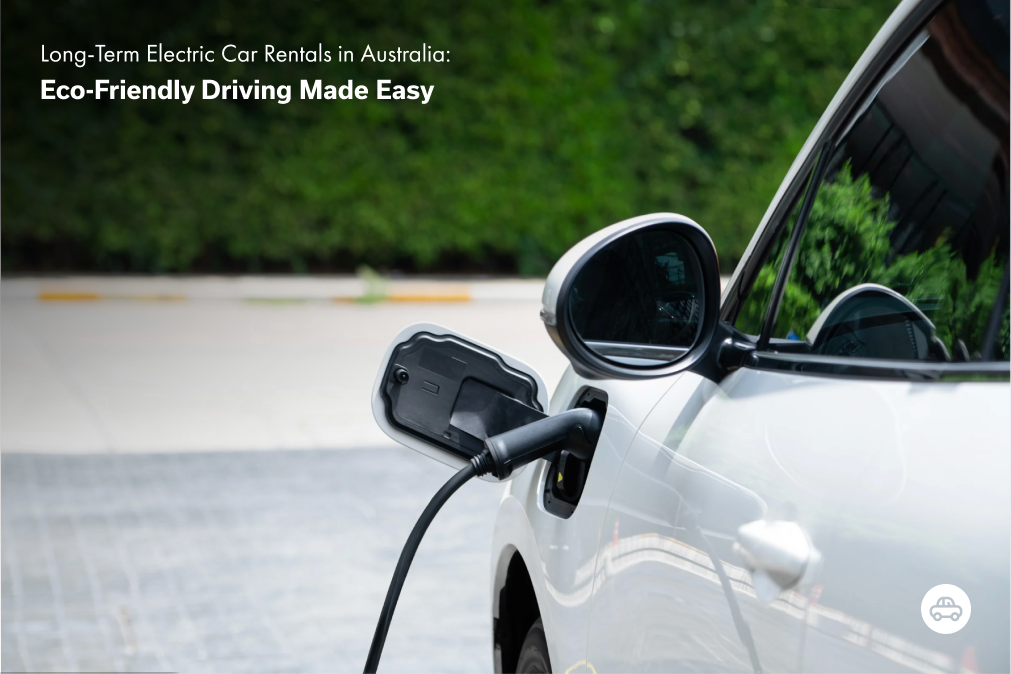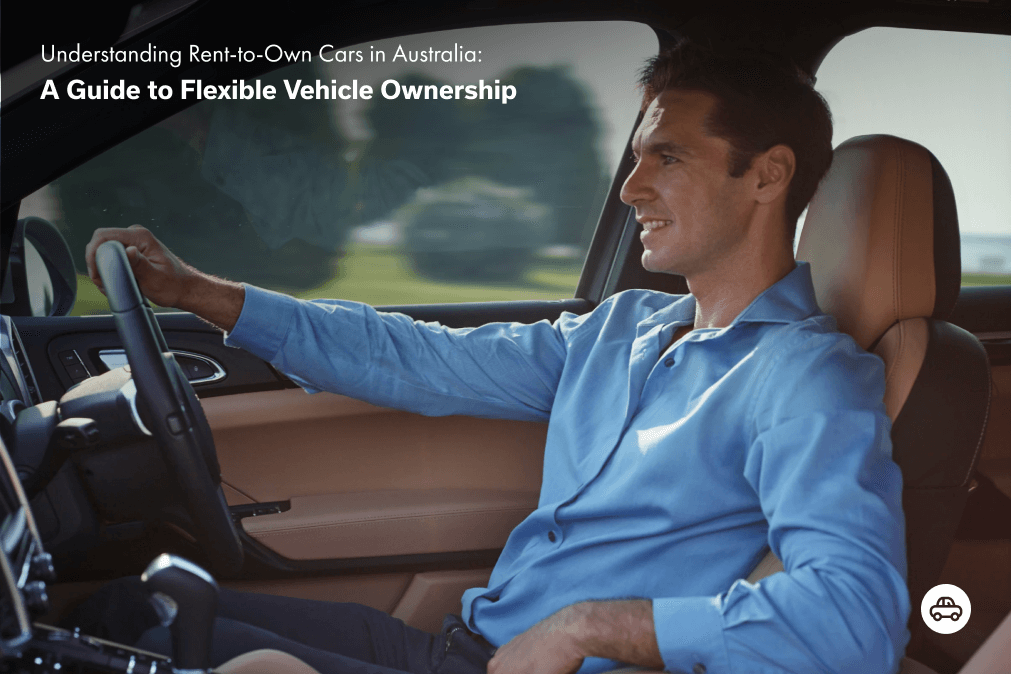In today’s fast-paced world, having a reliable car maps app is essential for many of us. Whether you’re navigating through unfamiliar terrain, seeking the quickest route to your destination or trying to avoid tolls and traffic on your way to work, these apps can be your best travel companions.
There’s no question that maps apps have come a long way – so we’ve done the round-up of five of the top car maps apps available in 2023, each offering unique features and functionalities to enhance your driving experience. From the well-known giants like Apple Maps and Google Maps to the crowd-sourced brilliance of Waze and two other popular yet not-quite-mainstream options, we’ve done the digging for you.
On this page:
1. Apple Maps
Apple Maps, the default navigation app for iOS devices, has come a long way since its initial launch. The app boasts a sleek interface, smooth performance, and deep integration with other Apple services, making it the obvious go-to for iPhone users. It provides real-time traffic updates, turn-by-turn directions, and a 3D view of certain cities. Additionally, with its latest updates, Apple Maps now includes indoor maps for major airports and shopping centres, making it convenient for travellers.
Apple Maps also offers Siri for hands-free navigation, and regular updates and improvements from Apple ensure a polished user experience. However, while improved, Apple Maps may still lack the depth and detail of Google Maps in some areas. The points of interest and local business information might not be as comprehensive as Google Maps, either.
Pros:
+ Free
+ Simple, easy-to-use
+ Clean map for easy navigation
+ Hands-free with Siri
Cons:
– Can only access on a Mac, iPhone or other iOS device
– Historically slow updating features and functions
2. Google Maps
Google Maps is a veteran in the navigation app arena and continues to be a top choice for millions worldwide. With extensive coverage, real-time traffic updates, and a vast database of points of interest, it provides accurate and comprehensive directions. Google Maps also incorporates public transit information and offers ‘Street View’, allowing users to virtually explore the surroundings.
The robust points of interest database assists in finding nearby businesses, restaurants, and more. Integration with Google services and easy syncing across devices enhance the user experience, providing real time updates on both vehicle traffic on the road and foot traffic at a user’s destination. However, extended usage of Google Maps can lead to heavy data usage and battery consumption. Occasionally, routes suggested by Google Maps may not be as optimal as expected for specific locations or traffic conditions. It’s worth noting that offline maps are available if you’re sure to download the map area/s required before your phone service drops out.
Pros:
+ Free
+ Available on any device
+ Data syncs for journey history and favourite locations
+ Hands-free with Google Assistant
+ Integration with Google services for seamless syncing
Cons:
– Busy interface
– Lot of detail on maps can be confusing
– High data usage and potential battery drain during extended usage
– Dependencies on online services for real-time data updates
3. Waze
Waze stands out from the crowd with its unique approach, relying on crowdsourced data from its user community. Drivers actively report traffic conditions, accidents, police presence and other hazards through a range of single-touch shortcuts, leading to real-time updates for all users. Waze excels in rerouting drivers to avoid traffic jams and speed traps, tending to be the app that recommends the fastest routes – making it a go-to app for commuters.
Commuter-focused features for finding carpool partners and other aspects of navigation optimisation are helpful. However, Waze’s offline functionality is more limited compared to other apps, and there may be less comprehensive mapping data in remote areas.
Pros:
+ Crowdsourced real-time data with traffic, hazards and more
+ Efficient rerouting avoids traffic and speed traps
+ Commuter features incl. carpool and navigation optimisation
+ Fastest route recommendations, great for commuters
Cons:
– Limited offline functionality
– Sparse remote area mapping
4. MapQuest
MapQuest may not be as well-known as Apple Maps or Google Maps, but it remains a reliable option for navigation. It offers turn-by-turn directions, voice guidance, and real-time traffic updates. Additionally, MapQuest allows users to customise routes by avoiding both toll roads and highways in a way that other apps don’t.
The clear and easy-to-understand interface ensures a user-friendly experience that is preferred by many drivers, and MapQuest supports multiple platforms – including iOS, Android, and web browsers. However, the points of interest and local business data might not be as extensive as in Google Maps or Apple Maps. Updates and feature improvements may not be as frequent as those provided by larger competitors, but this app is definitely worth a look if more popular alternatives don’t quite fit the bill.
Pros:
+ Customisable routes to avoid tolls and highways
+ User-friendly interface
+ Cross-platform support for iOS, Android, web browsers
Cons:
– Limited points of interest
– Infrequent updates and app improvements
5. Here WeGo
Here WeGo is an excellent option for offline navigation, making it perfect for international travellers or areas with limited internet connectivity – regional Australian road trip, anyone? It offers turn-by-turn directions, public transit information, and offline maps for over 100 countries. Users can download maps in advance and use them without a data connection.
The app also boasts great public transit information for urban areas, which enhances multi-modal navigation, and voice-guided navigation even in offline mode is beneficial for many users. However, the user interface and design may not be as sleek as those of other popular apps. The real-time traffic updates and points of interest data may not be as comprehensive as those in Google Maps.
Pros:
+ Offline navigation, ideal for international travel
+ Multi-modal navigation support inc. public transport
+ Voice-guided offline navigation
+ Wide offline map coverage (over 100 countries)
Cons:
– Less sleek interface
– Limited traffic updates and some real time data may be lacking
– Sparse points of interest
Choosing the right car maps app can significantly impact your driving experience, and the technology is changing all the time. While each app has its own strengths and weaknesses, Apple Maps, Google Maps, Waze, MapQuest, and Here WeGo all offer valuable navigation solutions to cater to different user preferences and needs. Whether you prioritise integration with other devices, real-time traffic, offline navigation or having a sleek UI to enhance the experience – it’s all about finding the one that guides you confidently on the road ahead.





